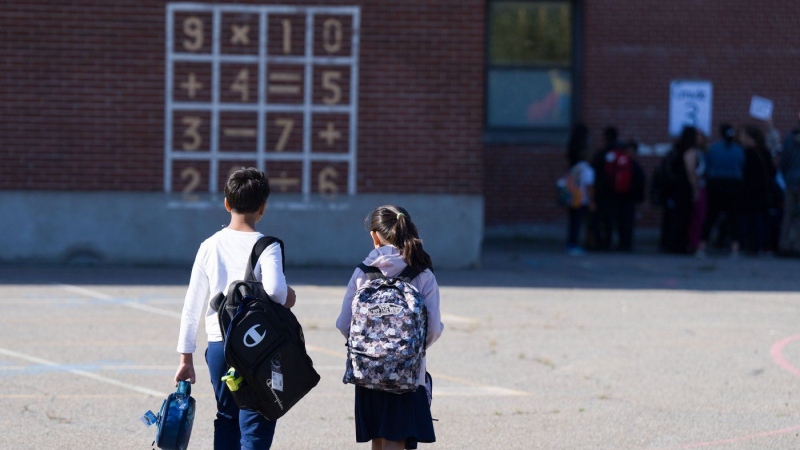As the new school year begins, parents are busy snapping photos of their children in their back-to-school outfits and sharing them on social media. However, experts warn that these seemingly innocent photos can be used by online predators to target children.
According to the Canadian Centre for Child Protection, online predators can use back-to-school photos to gather information about a child’s school, grade, and even their daily routine. This information can then be used to build a relationship with the child and gain their trust.
“It’s out there forever,” says Signy Arnason, associate executive director of the Canadian Centre for Child Protection. “Once it’s out there, you can’t take it back.”
Online predators can also use these photos to create fake profiles and pose as a child’s classmate or friend, making it easier to communicate with them and potentially lure them into dangerous situations.
In addition, these photos can also reveal personal information about a child’s family, such as their address or the names of their siblings, making it easier for predators to track them down.
To protect children from online predators, experts recommend that parents be cautious about what they share on social media and consider the potential risks before posting photos of their children. They also suggest having open and honest conversations with children about online safety and setting strict privacy settings on social media accounts.
Furthermore, parents should regularly monitor their child’s online activity and be aware of any changes in their behavior, as these could be warning signs of online grooming.
It is important for parents to remember that once a photo is shared online, it can be difficult to control who sees it and how it is used. By being vigilant and taking necessary precautions, we can help keep our children safe from online predators.




